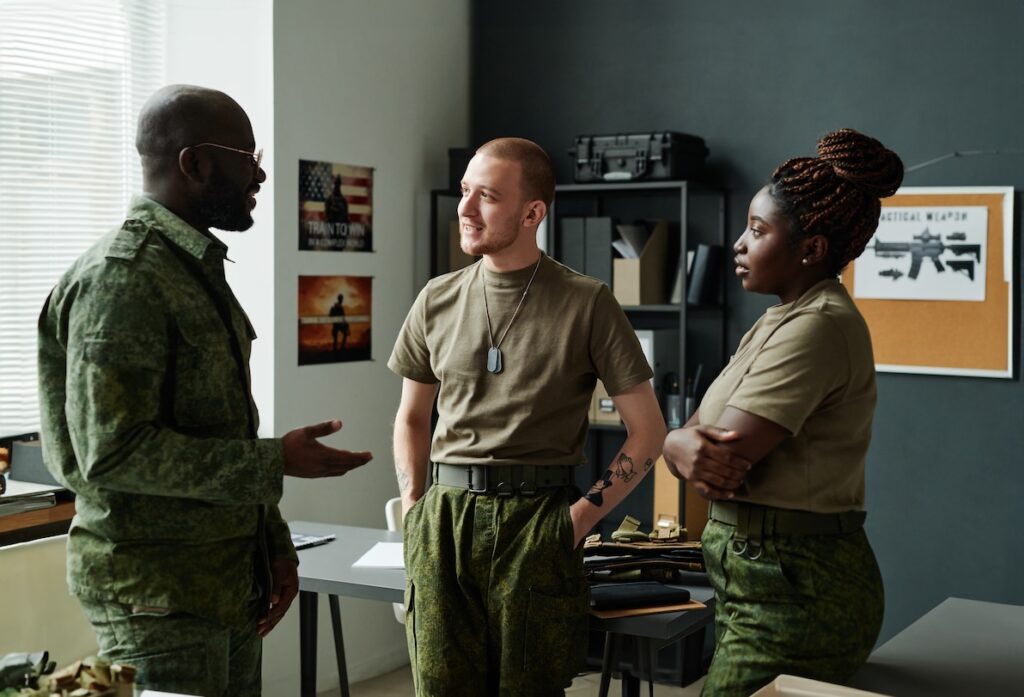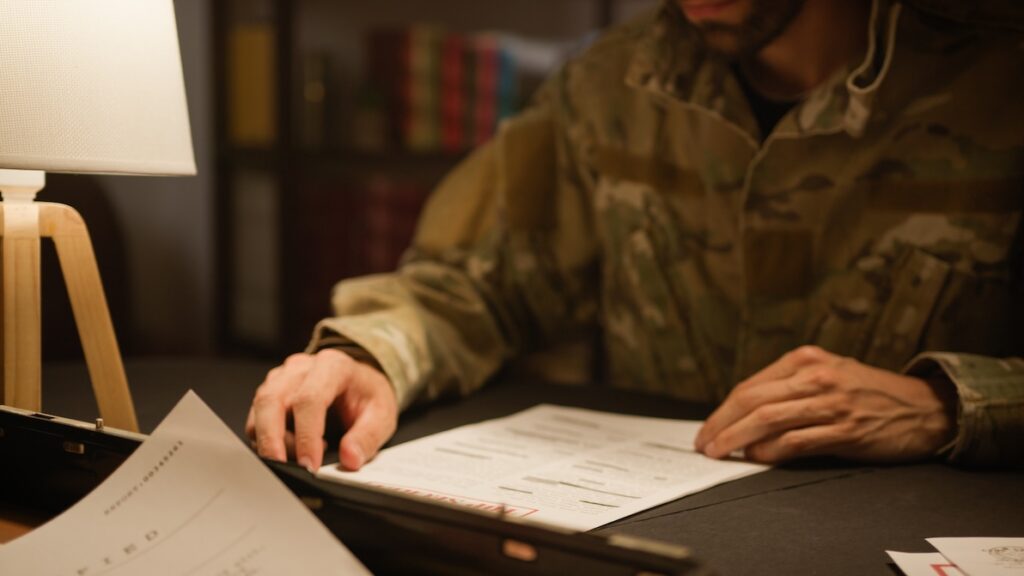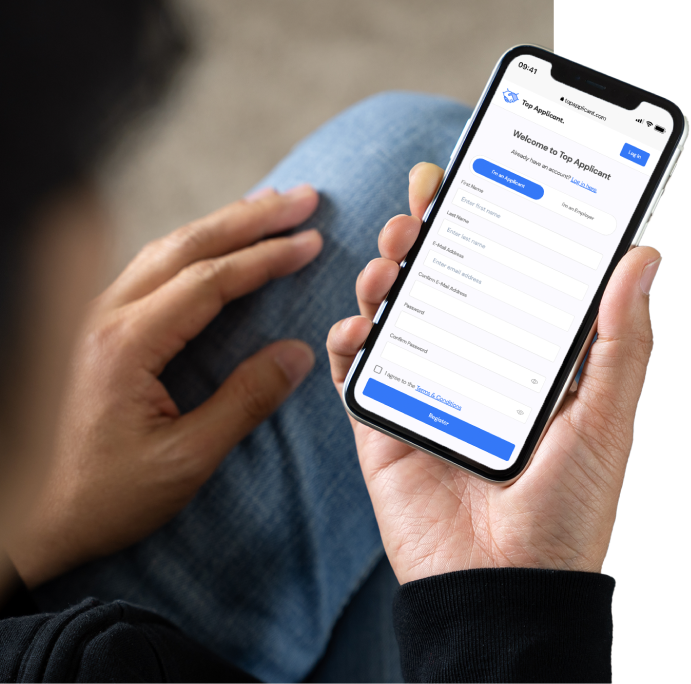
Serving your country is one of the most patriotic and selfless things you can do, but when your tour of duty ends, a new challenge begins. Many veterans struggle to find a job after the military if they don’t have a solid resume that shows their experience. To show that you’ve got the right stuff for the job, Top Applicant encourages you to display those military skills for resume success!
Decipher Your DD214
You may know everything on your military record, but will your employer know what all of those stats mean? To find what to share, start by retrieving your records from the Veterans’s Records Service. Once you have this form, you’ll want to share details about a few key sections.
Section 11
This section shows your primary specialty and branch you served in. Codes in this section describe your assigned duty and level of experience. Instead of relying simply on the code, share it and describe what it means on your resume.
Section 12 (c, d, e)
These sections can build a timeline of your service with a solid reference point. Consider this equivalent to your start date and end date of a job on a typical resume.
Section 13
Documenting any decorations, medals, badges, citations, and campaign ribbons can display your accomplishments while enlisted. On a resume, these function like notes from your former employer on a performance review.
Section 14
To present any education you’ve gone through while enlisted, this section will help you formally display your degrees, certifications, and training. This includes everything from basic and PLDC training to CCAF and NCO schooling.
Describing the details of these sections with plain terms will help employers understand the value of your service beyond just rank and branch. This also gives you an opportunity to reference details about your service that make you an exceptional candidate for the job. It may be hard to tie experience loading mortars to a marketing role, but when you break it down, they actually aren’t that different!

Simplifying Specialized Training
You may have to do some deep thinking to link skills developed in the military to civilian jobs. To make things easier, we recommend trusting an acronym used in both worlds; KISS. By keeping intimate descriptions of your duties super simple, the skills you developed in your position come to light easier.
For example, artillery specialists have to assess situations and quickly aim their ordinance to hit a specified target. This requires quick thinking, following directions, and taking accountability for success—all major skills that stand out to employers!
Soft Skills Learned the Hard Way
Many of the lessons you learn in the field can also transfer to the workplace. Employers consider dealing with difficult people, mental tenacity, and teamwork soft skills, but for some, they’re exceptionally hard to learn without practice. Situations that force soldiers to develop these skills mean a lot to employers, so use every experience to your advantage!
On your Top Applicant resume, you can link personal videos to share your experiences when describing them through text might be difficult. Throughout your resume, focus on finding ways to link your experience to details in job posts that align with your preferences. To discover these opportunities, build your profile by answering a few simple questions and browse your curated options!

Write Your Story Here
Making your next move after the military doesn’t have to be difficult! Top Applicant makes the hiring process more human with features you won’t find anywhere else—and we show equal dedication to professionalism and personal growth. Start sharing your military skills with a resume that really works by signing in and shaping your profile!


